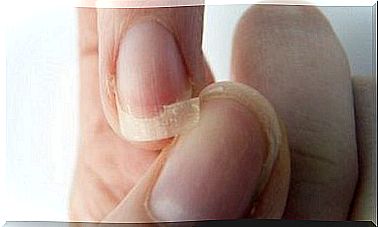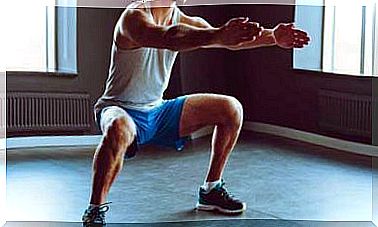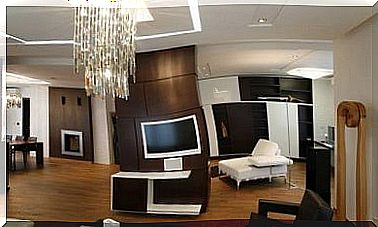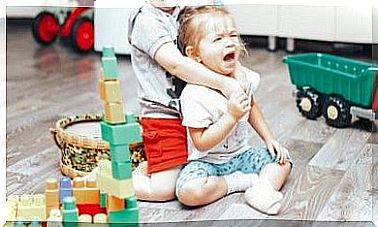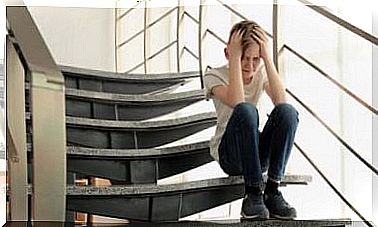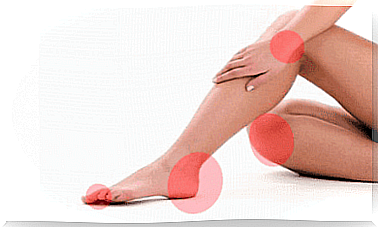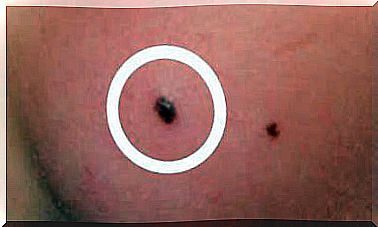Cardiac Emergency At Work: What To Do
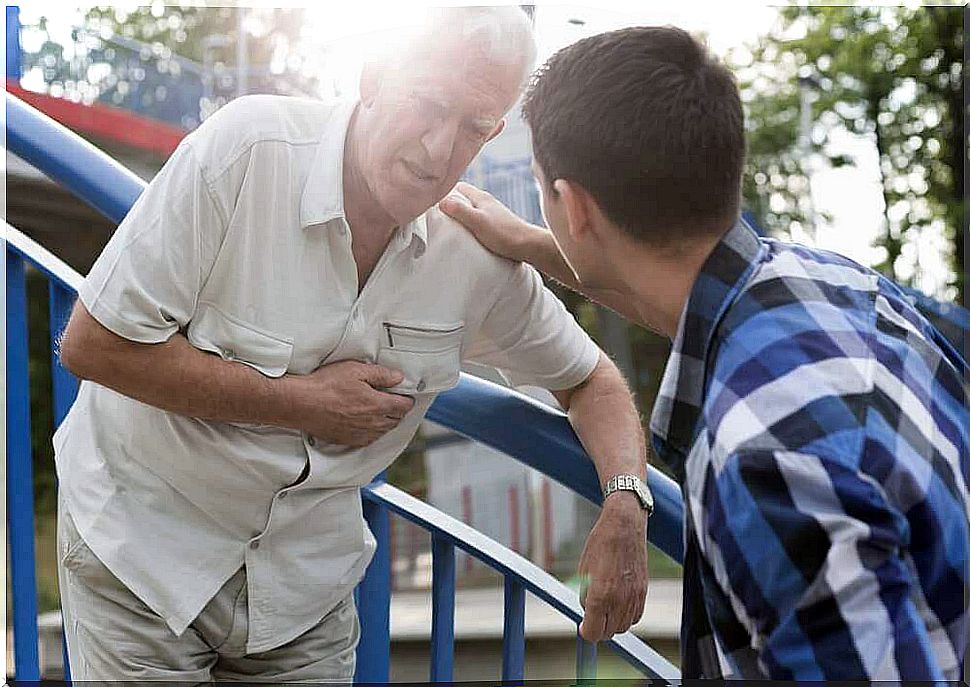
A cardiac emergency can occur at any time and in any place. Although patients need to be aware of the risks and take some precautions, in principle these are almost impossible to predict.
The modern pace of life has meant that a large part of the population spends most of the day in the workplace. For this reason, the chances of these episodes occurring in the office and in the company are quite high.
Cardiac emergencies happen more often than we want to admit:
- According to the Texas Heart Institute, a heart attack occurs every 34 seconds in the United States.
- In Italy, every year there are tens of thousands of victims of sudden death and up to 20,000 attempts at resuscitation.
Difference between heart attack and sudden cardiac arrest
A heart attack and sudden cardiac arrest are two different things:
- In the first case, there is more time than in the second to try to restore the situation.
- In the case of sudden cardiac arrest, even just a few minutes can be enough to cause the person to die.
Heart attack or myocardial infarction
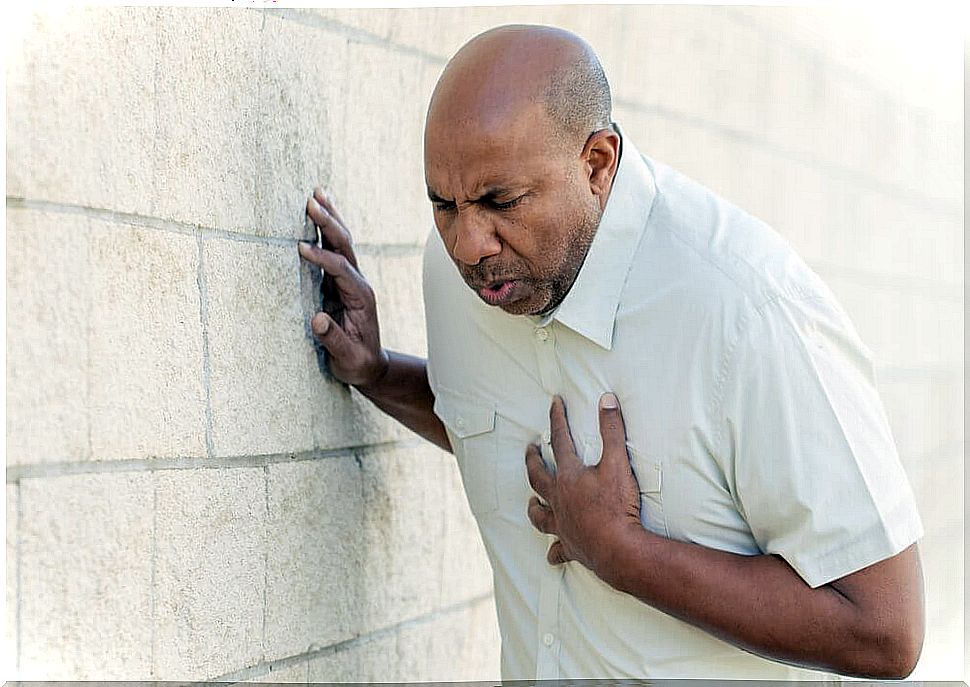
It occurs when the blood supply to a part of the heart is reduced or stopped altogether and this is due – in most cases – to the rupture of a plaque of the coronary arteries.
This episode can also be due to a blood clot due to an obstruction or spasm of a coronary artery. Heart attacks do not necessarily mean that the heart stops beating.
The main symptom is a sudden and very intense pain in the chest that can reach other areas of the body, such as the arms, shoulders, jaw, neck or the nape of the neck.
- Fatigue.
- Dizziness.
- Nausea.
- Sweating.
- Burning in the stomach.
- Respiratory difficulties.
- Sudden fainting.
It is important to know that the symptoms of a heart attack are not the same for everyone. In some cases, the attacks occur without the affected person perceiving any of these alarm bells or the latter may confuse them with other disorders and, therefore, underestimate them.
Sudden cardiac arrest

It occurs when the heart becomes completely paralyzed suddenly. The person is left without blood flow and oxygen to the brain and the rest of the body.
Cases in which so-called “sudden cardiac death” occurs do not allow the patient to ask for help.
When the heart stops, the person suddenly faints, completely losing consciousness. As a result, breathing may stop.
Only in a few cases does the subject feel a feeling of nausea a few minutes before fainting.
Measures to be taken immediately in the event of a cardiac emergency

- Call the emergency numbers immediately and ask for help.
- In the event of a heart attack, the person should be placed in an armchair (or sofa or chair) so that they are as comfortable as possible and remain calm.
- It is critically important that the person try to continue breathing normally. Belt and shirt must be unbuttoned.
- In the event of sudden cardiac arrest, vital functions, i.e. breathing and pulse, must be checked. If there is no response, a heart massage or cardiopulmonary resuscitation (CPR) should be started immediately : place both hands on the subject’s sternum and apply downward pressure, keeping the arms straight. You must apply pressure to the sternum for at least 4 centimeters deep, with a frequency of not less than 100 compressions per minute. At the same time, you need to stabilize the rhythm, minimizing interruptions as much as possible.
- Mouth-to-mouth resuscitation should only be performed by people who are familiar with the technique, otherwise the utility will be zero.
- If you have an automated external defibrillator (AED) available, you need to apply some shocks to try and restart the heart. These devices do not require any particular familiarity on the part of the users, as their operation is very intuitive.
The faster we act, the more likely the person is to get out of the trance state.
Cases of sudden cardiac arrest require even faster response actions. For every minute that passes, the chances of survival from a cardiac emergency decrease by 10%, so after 10 minutes they will be zero.
If the people surrounding the person do not act and simply wait for the arrival of help, the chances of a fatal outcome rise to 95%.
Note : To learn what to do in case of a cardiac emergency at home, you can consult the expert advice published in the MSD Manual.
